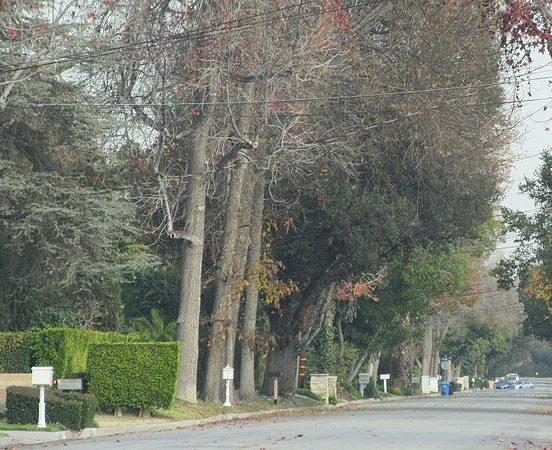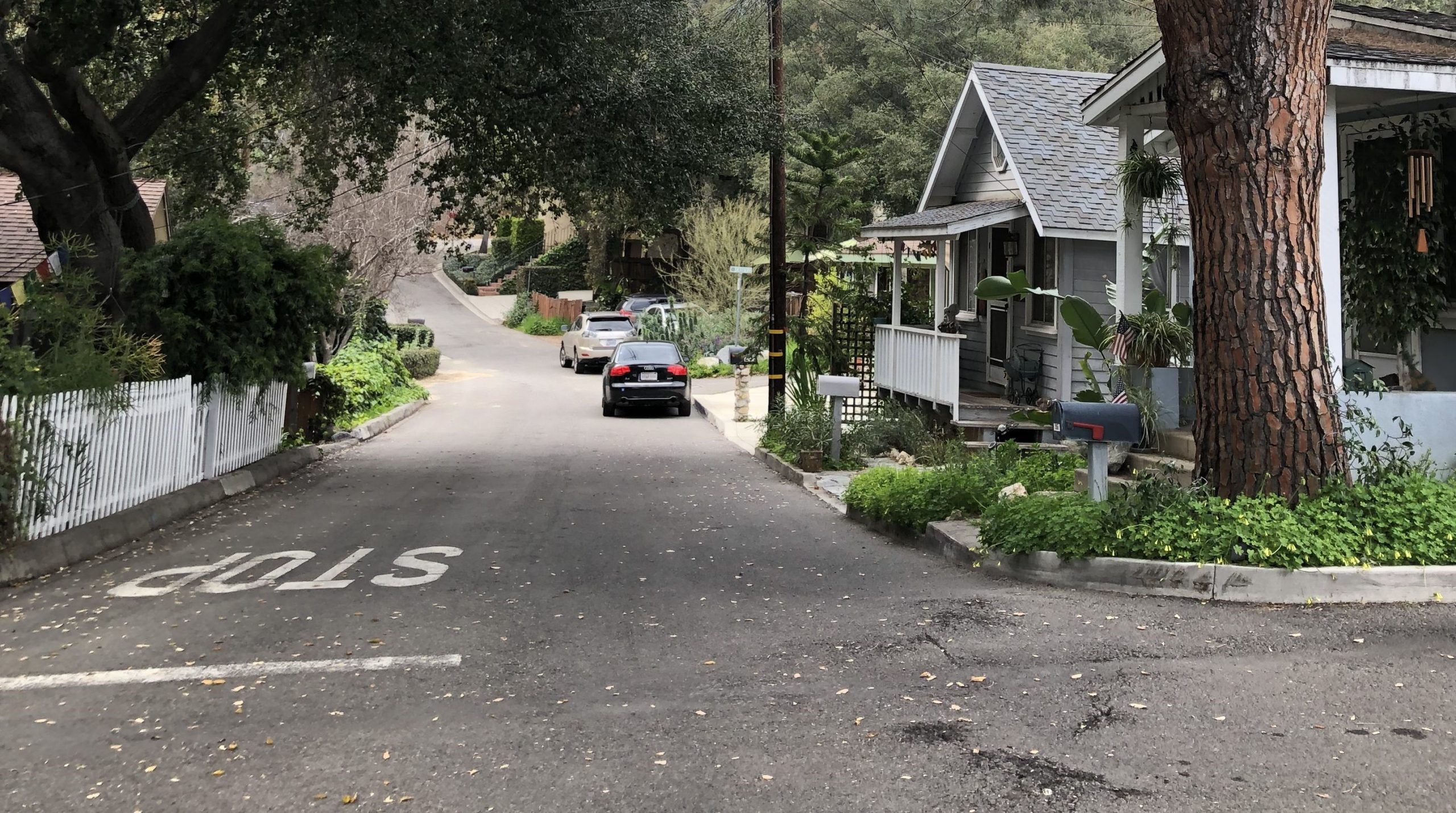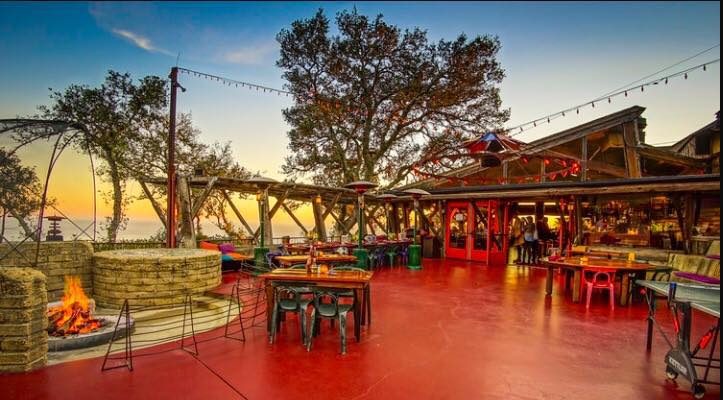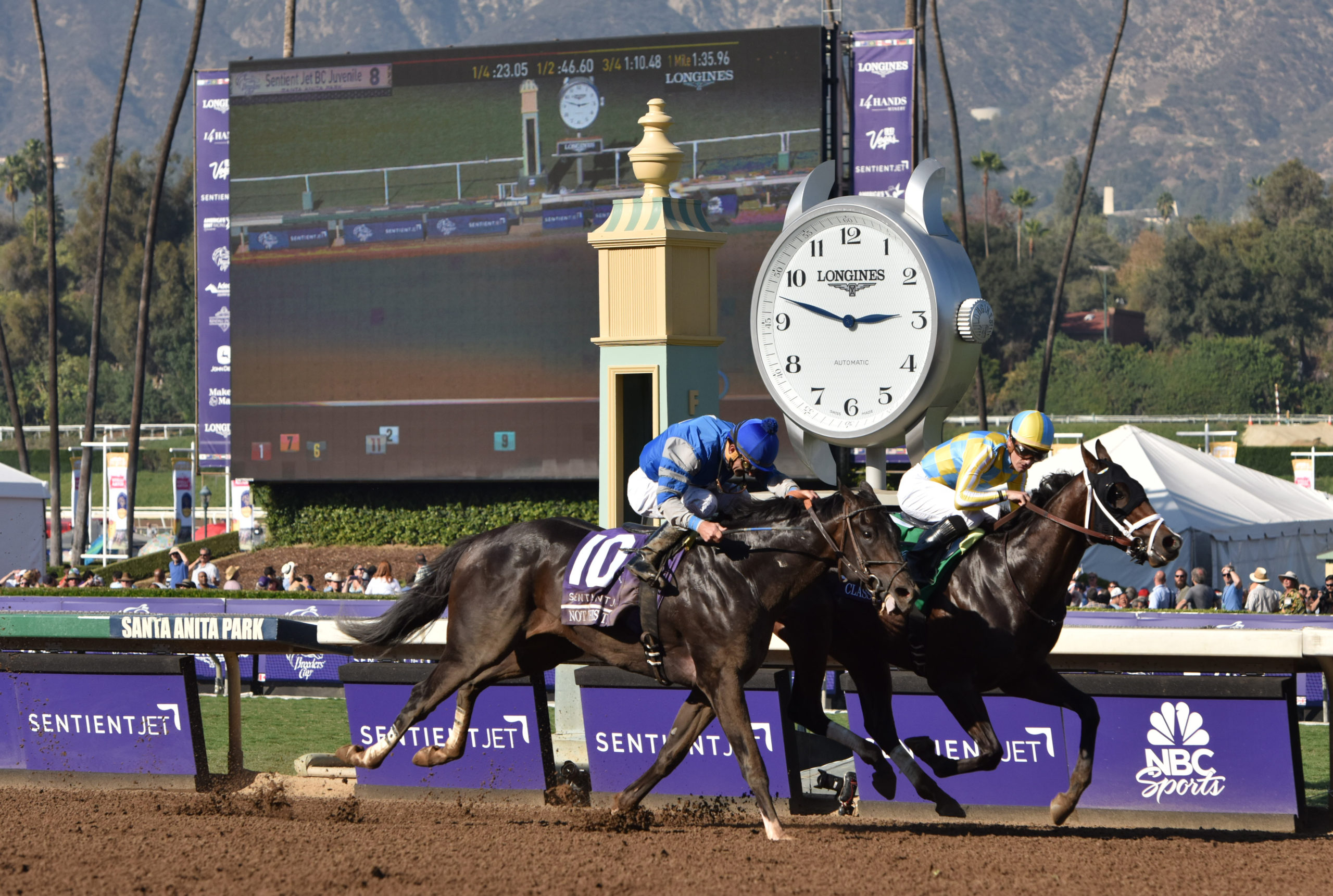
Part 1: Santa Anita Village
By Isabelle Cruz
Over 188 years ago, Elias “Lucky” Baldwin owned more than 40,000 acres in Southern California. His businesses and properties left historical legacies, most especially in Arcadia.
In an effort to preserve these legacies, the issue has been taken to City Council in the attempt to preserve the revered significance of these properties through a historic preservation ordinance. The ordinance would protect structures and resources important to Arcadia’s history.
The city has paid $128,000 so far for the Architectural Resource Group’s (ARG) Ordinance and survey work, but contracted for $140,000. According to the ARG, the survey conducted identified 11 potential historic districts categorized by property type: residential, commercial and institutional.
The survey consisted of teams conducting background research on a property, area or district followed by inspections to identify the architectural, physical, and visual qualities and characteristics. The criteria for these potential districts are based on the significance of their association with patterns of development related to the subdivision of the last of the Baldwin Family lands prior to World War II and their architectural merit, such as Ranch-style residences.
Eight of the 11 potential historic districts are residential districts with concentrations of these Ranch-style residences, which played a part in the development of the city.
One of the potential residential historic districts is Santa Anita Village. According to the survey, this district consists of a neighborhood with one- and two-story single-family residences at the central, western edge of Arcadia. The homes here have Minimal Traditional, Minimal Ranch, and Traditional Ranch styles. It is characterized by the sloping topography and wide curvilinear streets. Santa Anita Village was originally part of a larger 1,300-acre tract subdivision of Rancho Santa Anita advertised as low-passed homes conveniently located by shops, schools and transportation.
Buildings are always at risk of being demolished and removed without a real understanding of their important historic context.

ARG. – Courtesy photo / ARG
In 1875, Baldwin happened upon Harris Newmark’s Rancho Santa Anita property which included 8,000 acres of the rancho, 432 more acres of scattered sections of land with portions of Santa Anita Canyon and water rights in the canyon, and purchased it. Later that same year, Baldwin also purchased 6,000 acres of Rancho San Francisquito land to connect Rancho Santa Anita to the south. Baldwin made Baldwin Ranch on Rancho Santa Anita which is now in present day LA County Arboretum. When the Los Angeles & San Gabriel Valley Railroad (LA&SGVRR) planned to construct its right-of-way through the Baldwin Ranch it created a real estate boom. Baldwin saw this opportunity to create his own town and subdivided 3,000 acres of his land into the Santa Anita Tract in 1883.
These town lots were subdivided into “villa sites” and farm acres. Arcadia’s residences developed more between 1910 and 1935 and established the city as a community of single-family houses.
Look out for the next part of this series discussing the commercial historical district in the area of South First Ave. to Bonita St.







